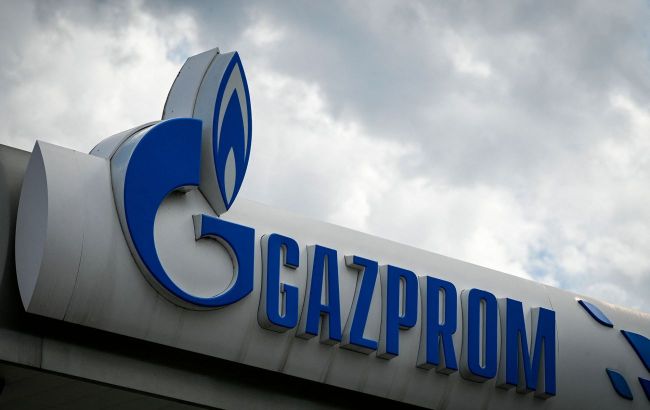Russia to significantly raise gas tariffs for its own population
 In Russia, gas tariffs for the population will be raised significantly to fill Gazprom's budget (photo: GettyImages)
In Russia, gas tariffs for the population will be raised significantly to fill Gazprom's budget (photo: GettyImages)
The Russian government is preparing for a record increase in gas tariffs for its own population, the highest in 11 years, to fill Gazprom's budget, which has lost three-quarters of its revenue, according to The Moscow Times.
It is reported that wholesale gas tariffs for the Russian population will increase by 11.2% starting in July 2024, and then by an additional 8.2% starting in July 2025. Over two years, gas prices will rise by 20% for Russians, and since the beginning of the full-scale invasion of Ukraine, it will have increased by 34%.
The article notes that gas prices in Russia have not increased so rapidly in recent years, with inflation rates of 3% in 2021, 3% in 2020, 1.4% in 2019, 3.4% in 2018, 3.9% in 2017, and 7.5% in 2015 and 2016.
The latest sharp increase in gas tariffs, a 15% hike, occurred in 2013. However, now the Kremlin aims to compensate for Gazprom's deteriorating financial state through the population.
Last year, the company sold a minimal amount of gas abroad, and in 2023, gas exports from Russia to Europe hit a minimum not seen since the late 1970s, with just 12.1 billion cubic meters in the first half of the year.
In the second half of 2022, when almost all European countries were sequentially disconnected from Russian gas, Gazprom incurred a net loss of 1.3 trillion rubles.
Gazprom's losses
In July, it was reported that low gas prices would lead to a reduction in Gazprom's income from sales to Europe, further exacerbating Russia's budget deficit.
At the time, we also mentioned that Russia's revenues from oil and gas had decreased by more than a quarter in the previous month due to falling oil prices and gas supply restrictions to Europe.
It has recently been reported that cash reserves in Gazprom's accounts have decreased threefold over one and a half years. In the first half of 2023, these reserves were declining at a rate of 16 billion rubles (125.6 million dollars) per day.

